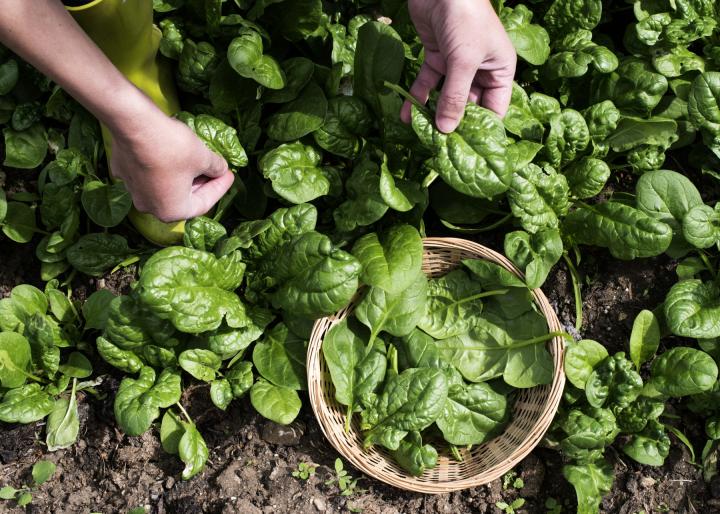The future of vaccines may look more like eating a salad than getting a shot in the arm. Scientists at UC Riverside They are studying if they can turn edible plants like lettuce into mRNA vaccine factories.
The messenger RNA or mRNA technology used in COVID-19 vaccines works by "teaching" our cells to recognize us and protect us from infectious diseases. One of the challenges of this new technology is represented by the cold chain, necessary for the transport and storage of vaccines. If this new project works, a revolutionary class of plant-based "eat" mRNA vaccines will be developed, capable of remaining stable and effective even at room temperature.
The objectives of the project, made possible by a grant of $ 500.000 from the National Science Foundation, are three: first, demonstrate that the DNA containing the mRNA vaccines can be successfully delivered to the part of the plant cells where it will replicate. Second, demonstrate that plants can produce enough mRNA to equalize a traditional injection e third, determining the right dosage.
“A single plant could produce enough mRNA to vaccinate a person,” he says Juan Pablo Giraldo, an associate professor in the UCR Department of Botany and Plant Sciences, who is conducting the research, along with scientists from UC San Diego and Carnegie Mellon University. .
We are testing this approach with spinach and lettuce and have long-term goals: to ensure that people can grow these “vegetable vaccines” in their own gardens. Farmers could grow entire fields of it.
Juan Pablo Giraldo, UC Riverside
The key? The chloroplasts

The key to doing this job are chloroplasts, small organs in plant cells that convert sunlight into energy the plant can use. “They are small solar-powered factories that produce sugar and other molecules that allow the plant to grow,” Giraldo said. “They are also an untapped source for creating desirable molecules.”
In the past, Giraldo has already shown that chloroplasts can express genes that are not naturally part of the plant. He and his colleagues did this by sending foreign genetic material into plant cells inside a protective envelope. Determining the optimal properties of these envelopes for delivery into plant cells is a specialty of his lab.
For this project on "vegetable vaccines" Giraldo collaborated with Nicole Steinmetz, a UC San Diego nanoengineering professor, to use the nanotechnologies designed by her team that will provide genetic material to chloroplasts.
“Our idea is to repurpose natural nanoparticles, i.e. plant viruses, for gene delivery to plants,” Steinmetz said. “It takes a little bit of nanoengineering to make the particles go to the chloroplasts and not be infectious to the plants.”
Many possible applications, not just vaccines
For Giraldo, the possibility of developing this idea with mRNA is the culmination of a dream. “One of the reasons I started working in nanotechnology was to be able to apply it to plants and create new technological solutions. Not only for food, but also for high-value products, such as pharmaceuticals,” says the researcher.
Giraldo is also conducting a related project that uses nanomaterials to deliver nitrogen, a fertilizer, directly to chloroplasts, where plants need it most.
Nitrogen is limited in the environment, but plants need it to grow. Most farmers apply nitrogen to the soil. As a result, about half ends up in groundwater, contaminating waterways, causing algae blooms and interacting with other organisms. It also produces nitrous oxide, another pollutant. This is where this new nitrogen feeding process becomes interesting. This alternative approach would allow nitrogen to be delivered into the chloroplasts via leaves and controlled release, which is a more efficient way to deliver it. This solution could help reduce farming costs and improve the environment at the same time.
“I'm very excited about all this research, from vaccines to other applications,” Giraldo said. “I think it could have a huge impact on people's lives.”


